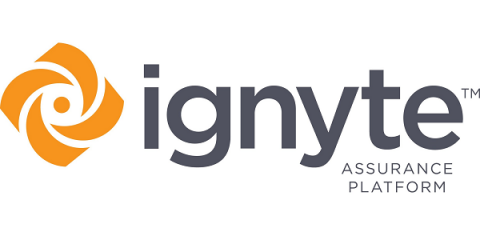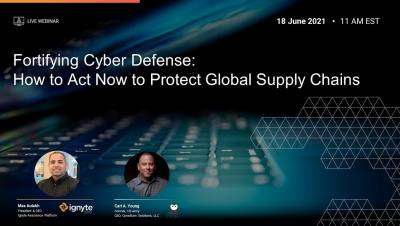Top 5 NCSC Cloud Security Principles for Compliance
There are many important factors to consider when choosing a cloud provider for your cloud use cases. For organizations in heavily regulated industries, compliance with relevant regulations is one of the most important things to think about. Whether you’re planning for a single cloud workload or a hybrid multi-cloud setup, maintaining compliance for sensitive data in the cloud is imperative.










